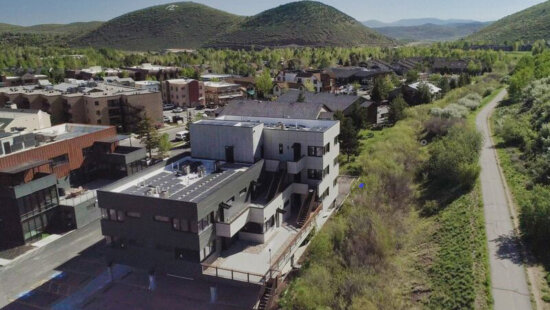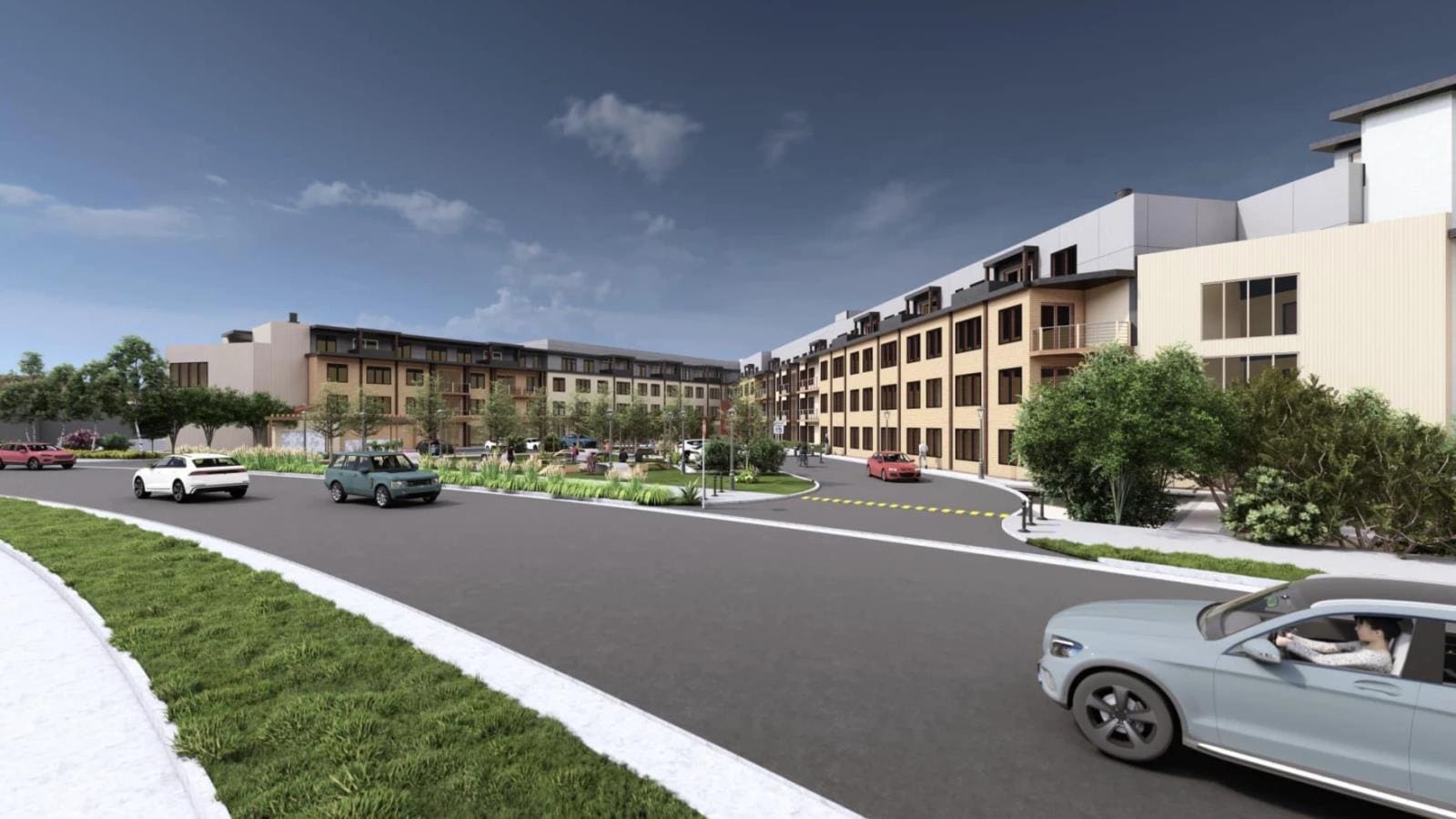Real Estate
Utah Housing Corporation expands energy incentives for developers building affordable housing

Photo: Coyote Ridge development construction in Heber City. Photo: Townlift
UTAH – The Utah Housing Corporation (UHC) recently approved new incentives for developers to incorporate energy efficiency initiatives and electric vehicle (EV) charging stations in affordable housing units throughout Utah. UHC is an autonomous organization responsible for managing the federal low-income housing tax credits in Utah, which are essential for promoting the construction of affordable housing throughout the state.
The new incentives are a part of Utah’s 2024 Federal and State Housing Credit Program Allocation Plan, and it will take effect in the 2024 low-income housing tax credit funding cycle.
“The Utah Housing Corporation has a long-standing commitment to energy efficiency in affordable housing. These new incentives are a pragmatic way to help Utah’s low-income communities access tools to save energy and reduce pollution. It is a win-win for all of us,” states Claudia O’Grady, Vice President of Multifamily Finance and Development at the Utah Housing Corporation.
The revised plan increases incentives for energy-efficient implementations that decrease utility costs, raise construction quality, and promote better public health by reducing indoor and outdoor pollutants. Additionally, the proposal includes incentives for EV charging in affordable multifamily projects, which will assist lower-income neighborhoods in taking advantage of EVs’ lower operating costs and the benefits of cleaner air.
In previous years, the UHC has required affordable multifamily developments to meet Energy Star standards for new construction – which result in a 15% to 20% energy efficiency improvement compared to a housing development built to the minimum energy code. The UHC has rewarded ‘bonus points’ to affordable developments that met Energy Star standards, and the updated UHC plan for 2024 expands the eligibility of bonus points to affordable housing projects that meet one of the following energy efficient and green building standards:
- Energy Star NextGen
- Green Globes
- LEED certification
- National Green Building Standard
- Passive House
- Zero Energy Ready Home
- WELL Building Standard
The UHC also included bonus points for developers when EV charging stations are included in multifamily affordable housing developments. As an estimated 80% of EV charging takes place in homes, the UHC hopes its incentives remove a common barrier to the adoption of electric vehicles, which is a lack of easy access to EV charging.
The revised plan would reward developers with bonus points if they build DC Fast Charging or Level 2 facilities for residents of affordable homes. This goes along with other incentives, like the $4,000 federal tax credit for used electric vehicles, which is intended to assist low- and moderate-income families in purchasing used electric vehicles, as well as Rocky Mountain Power rebates for EV charging and “make ready” investments that prepare sites for future installation of EV charging.
“With the changing technology and new federal programs, it is good to see the state incorporating more energy related criteria and information into this plan. These changes will make a fantastic difference” said Arlie Green from Utah Non-Profit Housing Corporation. “We appreciate that the Utah Housing Corporation adopted feedback from developers and we think the energy related changes will help our projects contribute to improved quality of life – both for those who will live in the affordable housing projects that we build, and also the larger community.”
The proposed energy-related changes were put out in cooperation with a group of affordable housing developers by Utah Clean Energy, a local non-profit organization that supports clean air and addresses climate change.
Kevin Emerson, Utah Clean Energy’s Director for Building Efficiency and Decarbonization stated “This updated plan is a positive move toward ensuring that Utah’s low-income families enjoy the benefits of energy efficient, comfortable, and healthy housing options, while also removing an obstacle for electric vehicle adoption.”



















